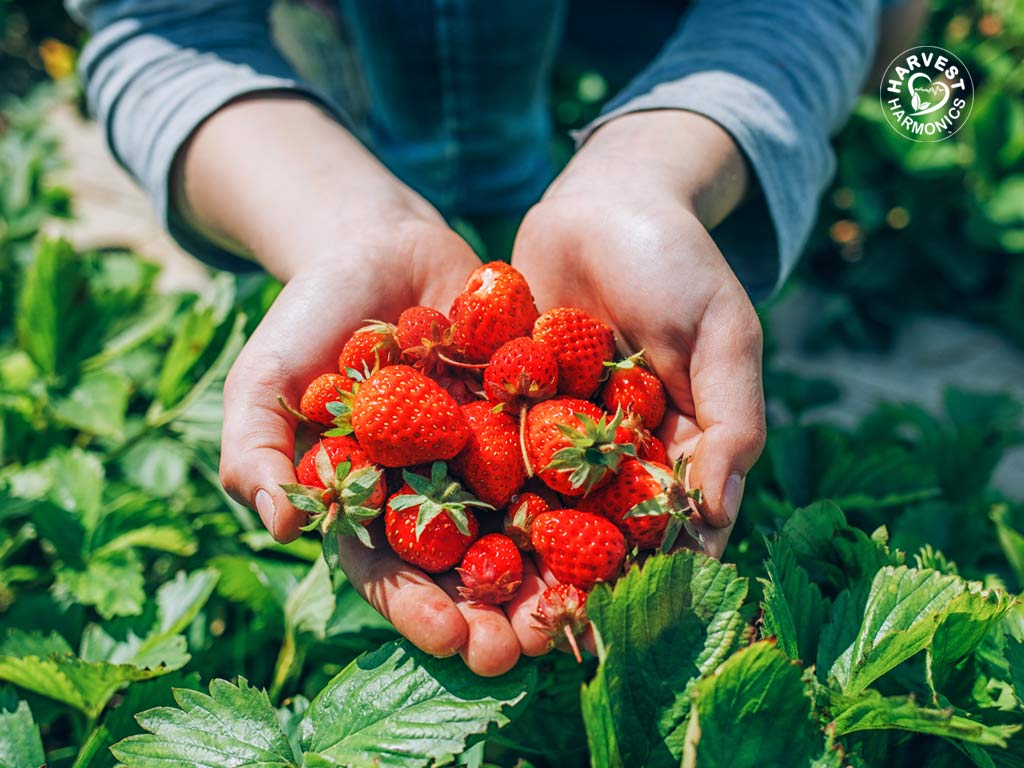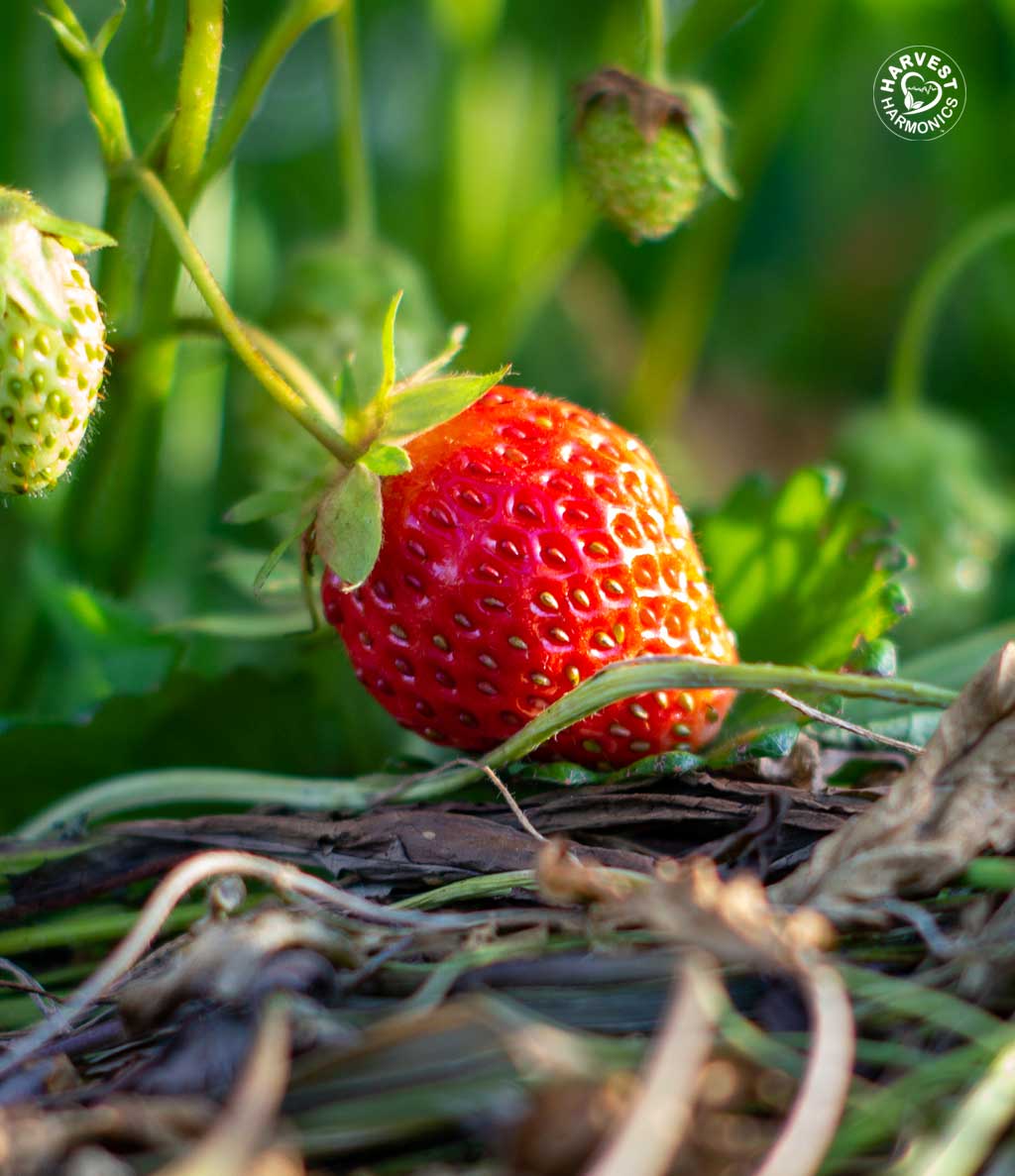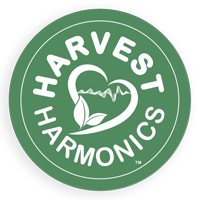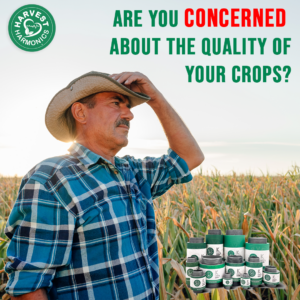Florida’s Winter Strawberries
The most important supplier of winter strawberries in the United States
Florida is the most important supplier of winter strawberries in the United States and the second-largest after California. The value of Florida strawberries production is approximately $400 Million and the total economic contribution of the industry is estimated at more than One Billion. Even so, over the last few years, Florida’s strawberry industry has faced many hard challenges. Strawberry yield is very sensitive to weather conditions as ambient temperature and rainfall determine the intensity of all physiological processes. Climate change is posing increased risks for strawberry production. Extreme weather, such as unusually high and low temperatures, could cause significant losses for growers.

Strawberry farmers had used methyl bromide for pest and disease control for many years. Methyl bromide, which is a powerful chemical to control diseases, weeds, insects, and nematodes, is banned in the United States because it depletes the ozone layer of the upper atmosphere. The methyl bromide ban has caused a technological shock for the industry. Alternatives currently being used are generally less effective and tend to provide inconsistent control (Olson and Santos 2012).
The use of these pesticides directly affects the native flora of the soil and generates contamination of the water used in irrigation for its dispersion, however, the crops are still affected by the presence of fungi, nematodes, insects, and other phytosanitary problems that increase the cost for producers; this added to other pressures, such as climate change, which generates impacts on the faster ripening of strawberries and an oversupply in the market affecting sale prices and farmers’ income.
Faced with these challenges that the future presents within one of the most important crops in Florida’s strawberry industry, investigation has been developed which uses low-frequency magnetic field system that has been shown to have a positive effect on plant growth conditions. Foliar area and root support generating stronger plants with better conditions that produce better quality strawberries.
The works developed by researchers in the department of horticulture of the university of Atatürk (Turkey) have shown that by subjecting strawberry plants of the Camarosa cultivar under controlled greenhouse conditions with exposure to natural light, and minimum temperatures of 50° to 51°F to a maximum of 68°– 69°F growing under a low-frequency magnetic field, results were obtained that improved plant growth conditions (Esitken, 2003; Eşitken, et.al 2004).
The research results showed that fruit yield per plant and average fruit weight was significantly affected by the magnetic field; fruit yield per plant was significantly increased by 246g compared with the control 208g. An increase was also observed in the average fruit weight of 8,92g; a greater number of fruits per plant of 27.6 was also evidenced in the treatment compared to 25.9 in the control Other effects observed were related to the number of leaves per plant. Fresh and dry root weight, whose effects can be related to the magnetic field action over plant nutrient uptake from the soil, changes in endogenous solutes like carbohydrates, plant growth regulators and enzymes, metabolic pathways such as photosynthesis, and increased contents of N, K, Ca, Mg, Cu, Fe, Mn, Na, and Zn (Esitken, 2003; Eşitken, et.al 2004) .

Faced with all the challenges that arise for strawberry crops, the use of Kyminasi Plant Booster technology is based on the emission of low-frequency pulses that enhances absorption of nutrients and improving metabolic processes. Producing plant yields that grow faster and stronger with greater foliar and root area; accelerating its development due to the efficient use of energy in the photosynthesis process.
Additionally, Kyminasi Plant Booster Technology improves soil conditions by contributing to the recirculation of nutrients. The efficient use of water and the reduction in the use of chemical products for pest control, improve the phytosanitary conditions of the crops while generating organic production; which, in return, benefits the health of the end consumer and better profits for farmers.
By Leonardo Martinez, Harvest Harmonics Field Researcher South America.
Linkedin: Leonardo Martinez Luque
Twitter: @leonemil
Refences
Eşitken, A & Turan, M . 2004. Alternating magnetic field effects on yield and plant nutrient element composition of strawberry (Fragaria x Ananassa cv. Camarosa). Acta Agriculturae Scandinavica, Section B — Soil & Plant Science 54 (3) 135-139 ESITKEN, A. 2003. Effects of magnetic fields on yield and growth in strawberry ‘Camarosa’. Journal of Horticultural Science & Biotechnology 78 (2) 145-147. Olson, S.M., and B. Santos. 2012. Vegetable Production Handbook for Florida. Lincolnshire, IL: Vance Publishing Corporation. Zhengfei, G., Feng, W & Whidden, A. 2015. Top Challenges Facing the Florida Strawberry Industry: Insights from a Comprehensive Industry Survey. https://edis.ifas.ufl.edu/pdffiles/FE/FE97200.pdf
Press Distribution
Contact Info:
Name: Jim Kurtz
Email: Send Email
Organization: Harvest Harmonics
Address: 611 Druid Rd Suite 201, Clearwater, Florida 33756, United States.
Phone: +1 (844) 476 – 7873
Website: www.harvestharmonics.com
Related Posts
2024 India Just Agriculture Frank’s presentation
https://www.youtube.com/watch?v=g_4vdtXBVsA&ab_channel=HarvestHarmonics The Crop Booster by Kyminasi Plants consists of...

